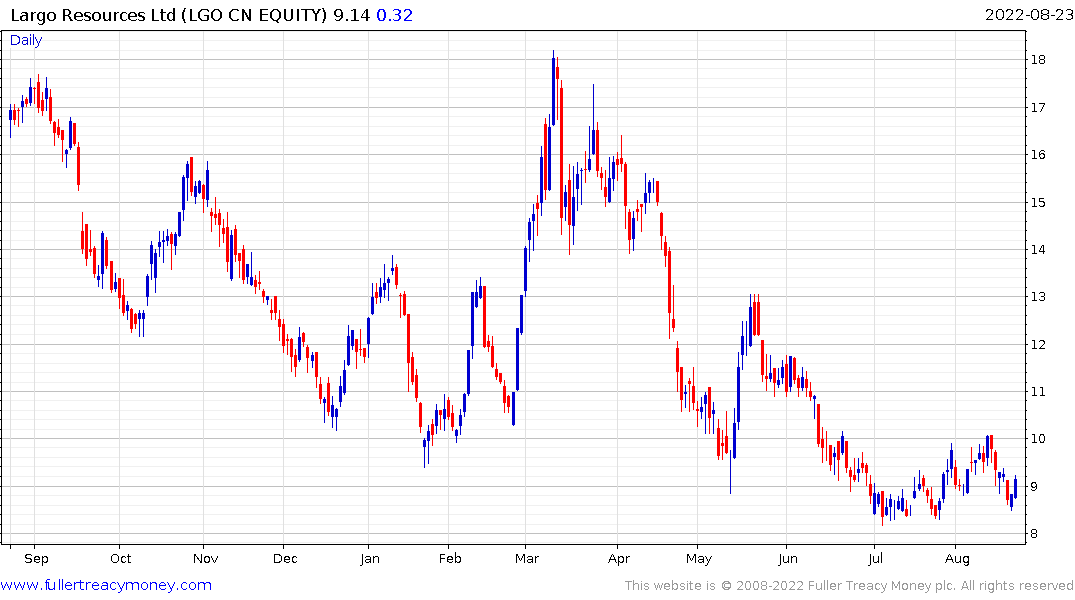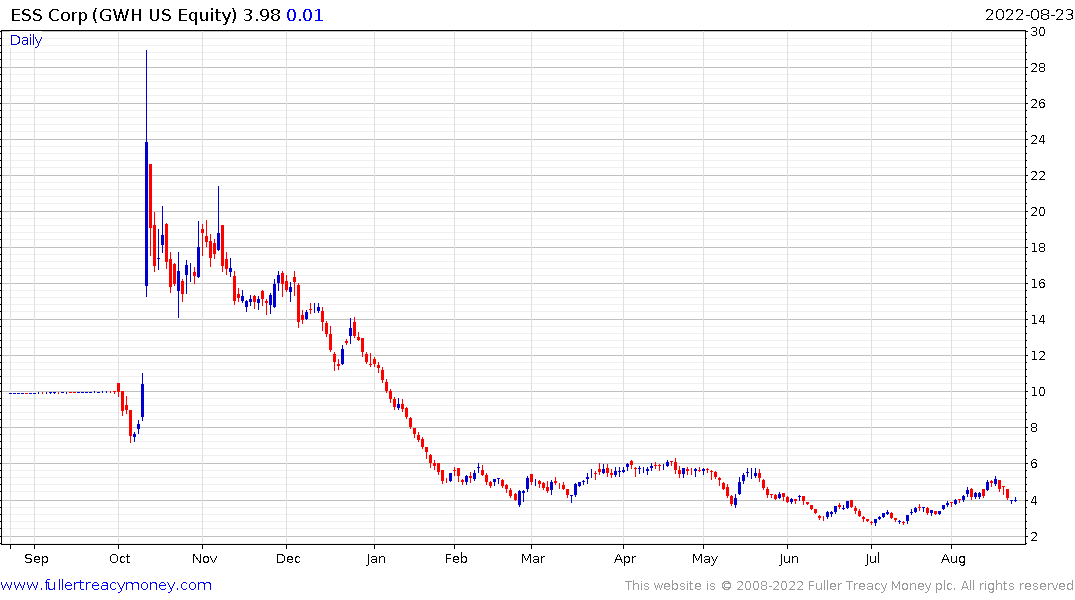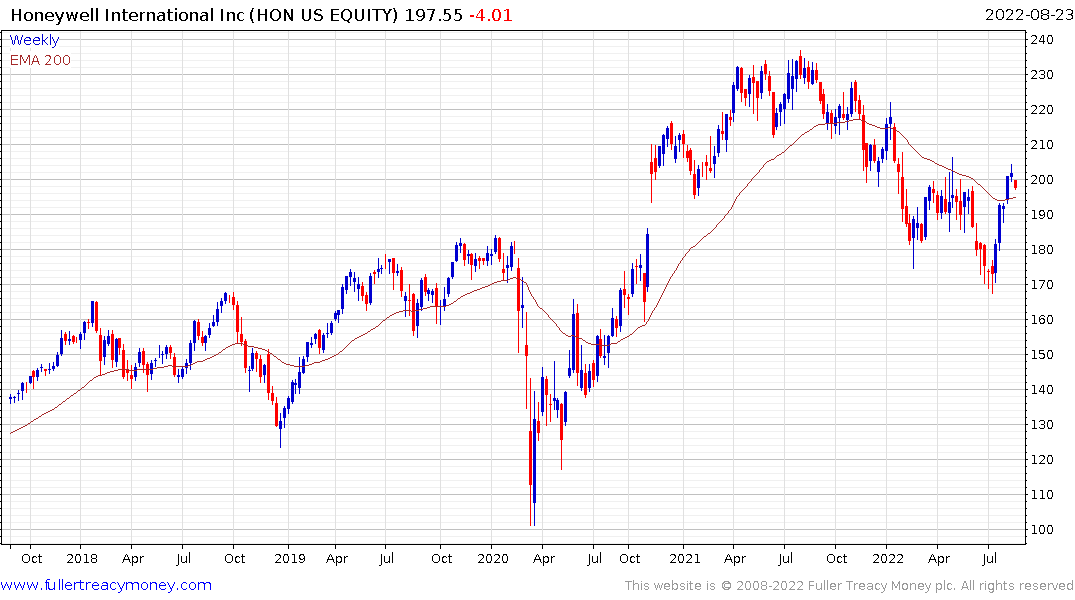Rechargeable aluminum: The cheap solution to seasonal energy storage?
This article from Bloomberg may be of interest to subscribers. Here is a section:
Researchers from Switzerland's SPF Institute for Solar Technology have been studying aluminum redox cycles for many years now, and with funding from the EU's Horizon Europe program and the Swiss government, they've just kicked off a research project called Reveal, drawing in nine different partners from seven European countries, to develop what looks like a very promising idea.
As a 2020 report from the SPF team states, a single, one cubic meter (35.3 cu ft) block of aluminum can chemically store a remarkable amount of energy – some 23.5 megawatt-hours, more than 50 times what a good lithium-ion setup can do, or roughly enough to power the average US home for 2.2 years, on 2020 figures. That's by volume – going by weight, aluminum holds a specific energy of 8.7 kWh per kilogram, or about 33 times more than the batteries Tesla uses in its Model 3.
Big fat blocks like that aren't exactly practical to work with, though, so the Reveal team proposes using 1-mm (0.04 in)-diameter balls of aluminum instead. Naturally, you lose some volumetric density here, but you're still coming out over 15 MWh per cubic meter.
Redox flow batteries where the electrolyte transports free electrons during the reduction and oxidation reactions have been in the works for years without gaining critical mass.
The question today is whether the European energy crisis will be a catalyst for mass rollout in the same way that the pandemic was a proof of concept for mRNA vaccine production.
At present I am aware of vanadium, aluminium, and iron redox flow battery concepts in varying degrees of approaching full commercialisation.

Largo Inc mines vanadium but also has a battery arm. The share is currently steadying in the region of the lower side of the two-year range.

ESS Corp is ramping up production of its iron redox flow battery. The share is currently steadying within an evolving base formation.

Honeywell is also developing an iron redox flow battery. The share will need to break the medium-term sequence of lower rally highs to signal a return to demand dominance beyond short-term steadying.


